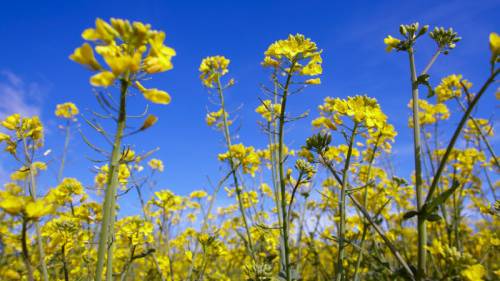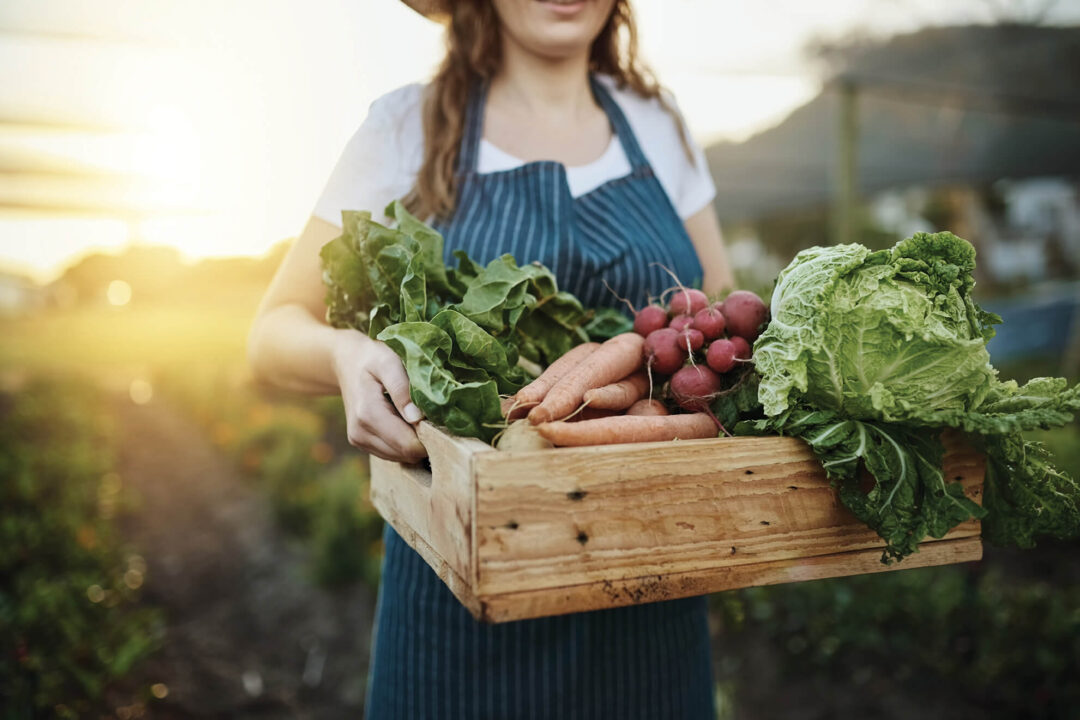How Trade, Coronavirus, and Consumer Demand Will Shape Food Distribution
As countries continue to reopen around the world, the agriculture industry is left feeling the most visible and vital economic consequences.
Social distancing forced a sudden shift to food at home versus food out. Outbreaks at packing plants and among farm workers, as well as travel and trade restrictions, risked food shortages. Lower demand for some products outpaced supply constraints, leading to steep commodity price declines. Higher demand for others led to stockpiling, leaving grocery shelves empty.
In other words, “it was a classic double whammy — a massive shock to both supply and demand,” says Jim Budzynski, managing principal, MacroGain Partners.
Food distribution may be forever altered. The next few months will reveal short-term economic impacts and provide clues to what the industry can expect long-term.
Distribution Networks Lack Agility
Before COVID-19, Americans were spending about half of their food budgets and getting one-third of their dietary nutrition in meals away from home, including restaurants, as well as work and school cafeterias, according to USDA reports.
Almost overnight, the pandemic forced that 50-50 split to nearly 100% eating at home, explains Rob Dongoski, agribusiness leader, Ernst & Young LLP.
“For 30 years, eating out was growing at the expense of eating at home,” Budzynski says. For the past 10 years, the USDA shows eating out was consistently ahead. “This changed in an instant, with massive increases in dining at home and 80%-plus declines in restaurant demand.”
In fact, the $300 billion foodservice industry has seen a sales decline of 60% to 90% due to COVID-19, says Mark Allen, chief executive of the International Foodservice Distributors Association.
Restaurant and other non-grocery suppliers couldn’t instantaneously shift from food service to consumer supply.
While the supply chains for retail and foodservice are similar, there are big differences, such as labeling and sizing.
“If you have millions of pounds of French fries in 30-pound food service bags, you can’t just pivot to grocery stores,” Budzynski adds. Jumbo-sized packages shipped to restaurants aren’t even appropriate for warehouse stores like Costco.
Demand at food banks also spiked. But restaurants that couldn’t sell their supplies weren’t set up to distribute to food banks either, so stockpiles of items like lettuce went to waste, Dongoski says.
“What’s happening shows a lack of agility in the entire distribution network,” Dongoski explains.
The main distribution channel, which has been long on institutional food and short on consumer-branded food, is slowly starting to change, Budzynski adds. “It’s slowly starting to get corrected.”
Acceleration of Food System Reconfiguration
The one thing that doesn’t change when it comes to food is the macroeconomic forecast. When there are more people, there is more food consumed — never less.
What food types people consume is what will cause ebbs and flows in various segments of the market, such as when consumers change their diets.
But what will fundamentally change from all of this is the way food gets distributed.
Consumers have a desire to get closer to producers, so producers are looking for ways to get closer to them. The supply chain is a complex network of nodes. What was happening pre-pandemic is a move toward reducing the nodes and shortening the supply chain, Dongoski explains. “Consumers want to buy more direct from farmers,” he says.
But this was already slowly happening. COVID-19 just accelerated its pace.
“There’s a romance and patriotism to buying local,” Dongoski explains. “It’s an accelerating trend that I don’t think will change. We won’t snap back to 50% eating out again. People intend to cook more food at home than they did before. Also, there’s been a steady shift to more natural, fresh ingredients like fruits and vegetables.”
This means the volumes at the perimeters of grocery stores will rise in importance, Dongoski forecasts.
On top of consumer habit shifts, the entire global food chain is going to go through a multi-year adjustment — not just from COVID-19, but from the intensifying trade war with China, Budzynski predicts.
All markets are integrated. With the Chinese economy contributing 16% to the global gross domestic product, any shock that affects China has far greater consequences worldwide.
Also, the pandemic opened countries’ eyes to their own weaknesses. Countries will be asking themselves if importing the majority of their food is the right strategy or if they should increase production to limit their exposure. “For instance, United Arab Emirates imports 80% to 90% of their food,” Budzynski explains. “They don’t have fertile land, but they have access to resources for producing food indoors. This will have an impact on trade agreements and national sentiment around protectionism.”
Long-term, Budzynski adds, U.S. agriculture will need to shift to alternative domestic supply and other global customers.
Short-Term vs. Long-Term Impacts
Economically, impacts will be felt on both a short-term and long-term basis because of the constant struggle between supply and demand.
For instance, during the pandemic, demand spiked for many food items as people sheltered at home, yet the supply chain was completely disrupted, resulting in higher prices. “But if you had something to sell like corn, the same supply chain disruption caused massive oversupply and depressed prices,” Budzynski points out. “In addition, the energy sector melt-down put downward pressure on both demand and prices of oil, which of course negatively impacted corn as well.”
Every sector is going through what Dongoski calls a “bowtie effect.”
“At the center of the value chain, we have a choke point,” he explains, using meat as an example. “The meat industry was humming along and not even on the radar early during the pandemic. Then, meat packing plants closed and supply dwindled as demand rose. And 65% of meat goes through about 15 plants. So, the industry on the left is constrained and then it hits the knot and out of the knot there is a huge demand on the other side. From a long-term standpoint, we have to ask: ‘How do we untie that knot?’”
Because the supply network is not agile, that knot gets tightened really hard and will take time to loosen, Dongoski says.
To untie the knot, “do we reconfigure the industry to get rid of large employee bases in 15 plants or push automation to develop safer work environments?” Dongoski continues. “Or do we tackle it from a policy standpoint with tax incentives and reimbursements or let the market dictate how it goes?”
In this process, “we will regret having so much processing in so few hands,” Budzynski agrees. “Once the immediate COVID-19 impact on operations dissipates, meat processors will make a ton of money for a year or two as their customers are willing to pay more and their suppliers (farmers) are going to take less.
“Customers will buy freezers and stock up for the future,” he adds, calling this wave two of the pandemic, which he expects to hit in the fall.
All experts agree that short-term impacts will be mixed depending on commodities and how the supply and demand chains evolve.
Long-term is just as uncertain, but Budzynski predicts “all commodity prices will rise dramatically.”
“Long, global supply chains were efficient, but fragile,” he adds. “Shorter supply chains will be more resilient, but more expensive. In economic terms, we’ll have deflation for one to two years, followed by inflation.”
His advice to agriculture suppliers and distributors: “Pivot where you can; cut costs where you can’t.”





